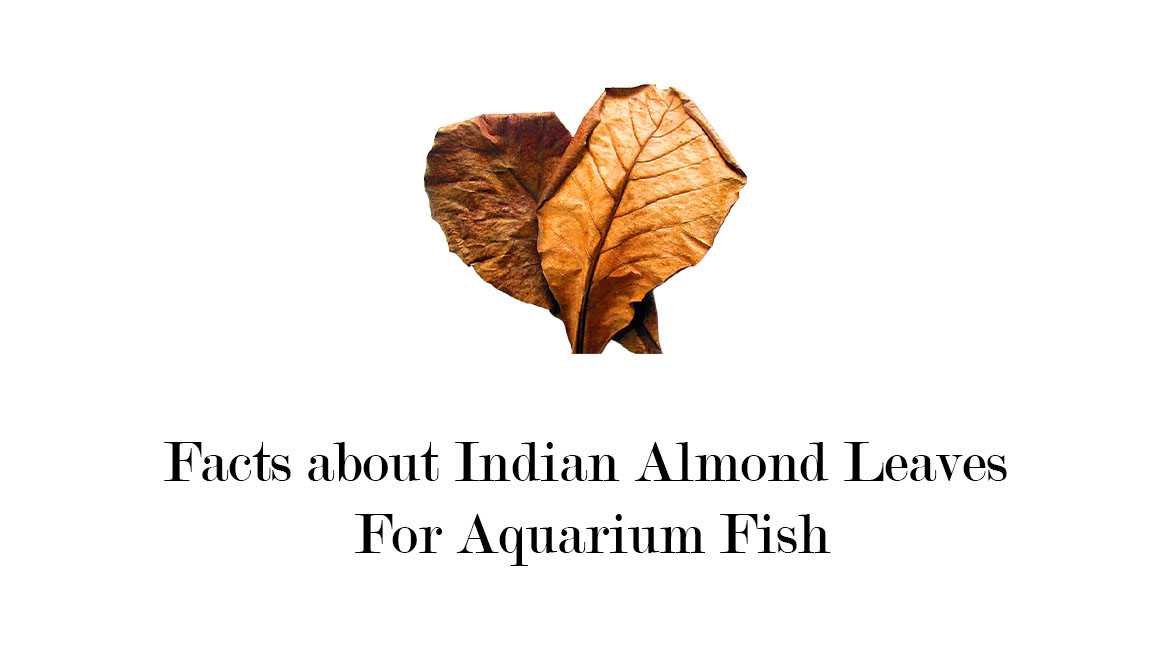
Indian Almond Leaves: Keeping your fish natural and Happy.
- To a beginner, this yellow water can be quite a surprise.I mean, whenever you go to a fish store or aquarium, the water is crystal clear, right? Well, it might surprise you to learn that this yellow water is actually a good thing for many types of fish.
- You see, lots of fish come from waters that are a murky brown color. Most rivers and streams are a dark color because thousands or even millions of leaves have washed into the water and broken down. While you might not be crazy about the color, this darker water may reduce stress in shy fish like discus.
- You see that water? Not exactly clear, is it? Habitats like these are referred to as blackwater – water that has turned dark due to decomposing leaf litter. Blackwater habitats are typically acidic with very low water hardness.
- Improve the quality of your aquarium water – When added to your aquarium, an Indian almond leaf will gradually break down. And as it does, it releases tannic acid, tannins, and other substances into your aquarium. As the tannic acid is released, it lowers the pH of your water. If you want a natural solution to reduce the pH levels in your aquarium, Indian almond leaf helps to achieve just that.
- Indian almond leaves help your water mimic these conditions – making your betta feel right at home in your aquarium. Bettas are commonly kept in smaller aquariums (even though they shouldn’t be!) – often by beginners who don’t know any better. Because these small tanks can quickly turn unhealthy, the antifungal and antimicrobial properties of Indian almond leaves can help prevent diseases like fin rot.
- Indian almond leaves also play a vital role in breeding bettas. Because Indian almond leaves are broad, float well and don’t fall apart easily, they make a good starting point for a bubble nest. As you see, Indian almond leaves play an important role in keeping your betta fish healthy, no matter how old he may be.
- Shrimp looove Indian almond leaves. They often swarm any new leaf that is placed in their tank. Well, shrimp love the taste. Your shrimp will happily munch on Indian almond leaves and the microorganisms that grow on them as they break down. Shrimp also happily hide underneath the leaves once they are full. Dinner and a home? It doesn’t get much better than that!
- Natural medication for skin problems – It is believed the tannins released by Indian almond leaves kill bacteria, fungus and viruses, allowing an injured fish to heal much quicker. It is even suggested that Indian almond leaf might be a better solution than antibiotics and other medications when fighting bacteria and fungus in commercial fish farms.
